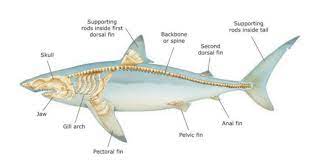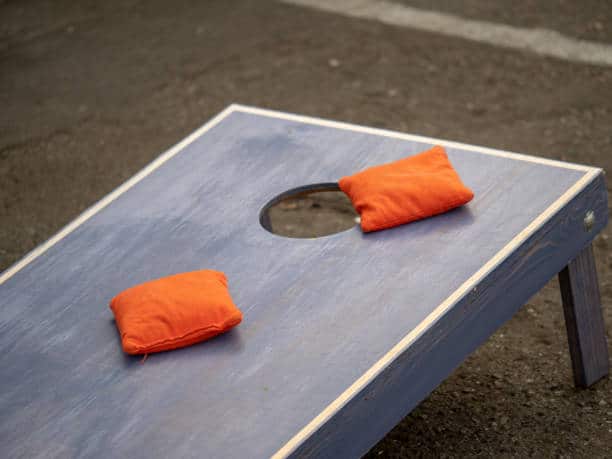Marine biology often leads us to captivating discoveries about the inhabitants of the ocean. Sharks, the majestic rulers of the underwater realm, hide more mysteries than meet the eye. Have you ever wondered how many bones a shark has?
In this article, we go on a journey to unravel the secrets of shark anatomy, exploring the surprising truth about these ocean predators and the skeletal wonders that make them the rulers of the seas.
Let’s dive right in!
Table of contents
Do Sharks Have Bones or Cartilage?
Sharks have cartilage, not traditional bones like humans. Their skeletons are composed of cartilage, the same flexible material found in our noses and ears.
This cartilaginous structure is one of the adaptations that make sharks well-suited for life in the water, providing them with greater agility and speed. While cartilage is not as hard as bone, it gives sharks a lightweight and streamlined advantage in their underwater environment.
Read also: Which Group is a Primary Supporter of Hunter Education?
How many bones does a shark have in its body?
Sharks don’t have the traditional bones that humans do. Instead, their skeletons are made up of cartilage, which is a softer and more flexible tissue. The cartilage in sharks is arranged in approximately 200 to 300 pieces called cartilage tesserae.
This cartilaginous structure provides support and flexibility, allowing sharks to move swiftly and efficiently in the water. While the number of cartilage pieces can vary among shark species, it’s a unique skeletal adaptation that distinguishes them from bony fish and mammals.
Check out:: How Tall is Trippie Redd? Everything About the Rapper
Why do sharks have cartilage instead of bones?
Sharks have cartilage instead of bones for several evolutionary advantages suited to their underwater lifestyle. Here are a few reasons why sharks have cartilage:
Flexibility:
Cartilage is more flexible than bone. This allows sharks to navigate and move with greater agility in the water, essential for hunting and capturing prey.
Weight Reduction:
Cartilage is lighter than bone, contributing to the overall buoyancy of sharks. This reduced weight helps them stay afloat and move efficiently in the ocean.
Streamlined Design:
The cartilaginous structure allows for a more streamlined body design. Sharks can glide through the water with minimal resistance, making them efficient and powerful swimmers.
Healing Ability:
Cartilage has a better capacity for self-repair compared to bone. In the harsh marine environment, where injuries are common, this healing ability is advantageous for the long-term survival of sharks.
Sensory Adaptation:
Cartilage is an excellent conductor of electrical impulses, which is crucial for the functioning of a shark’s electroreceptive organs. These organs help sharks detect the electrical fields produced by prey, enhancing their hunting abilities.
See also: How Tall is Jack Skellington? All the Facts and Details
Conclusion
Sharksunique skeletal system plays a crucial role in their dominance. It’s part of why they are finely tuned creatures, perfectly adapted to navigate and thrive in the vast and mysterious depths of the sea.
Frequently Asked Questions
Sharks have a skeleton made up of about 200 to 300 cartilage pieces, called cartilage tesserae. This unique skeletal structure allows sharks to be lighter and more streamlined in the water.
The cartilaginous skeleton provides sharks with greater flexibility and reduces their overall weight. This adaptation enhances their swimming efficiency, allowing them to navigate the ocean with precision and speed.
No, sharks don’t get osteoporosis because they don’t have bones that undergo the same mineralization process as human bones. Their cartilage-based skeletons are not prone to the same conditions affecting human bones.
The absence of bones gives sharks a considerable advantage in stealth and speed. Their flexible cartilage structure allows them to move swiftly and navigate tight spaces, making them highly efficient predators in the underwater world.
References
- animalpickings.com– how many bones does a shark have
- usatoday.com– how many bones does a shark have
- surfinghandbook.com– how many bones does a shark have






